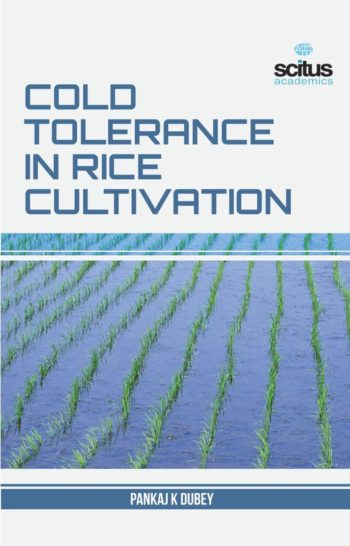Plant parasitic nematodes cause economic losses to crops throughout the world. The need for new control strategies for plant nematodes has become more pressing in recent years as many of the most effective nematicides have been withdrawn from use, or scheduled for withdrawal, on environmental grounds. In addition, increased international trade and movement of materials means pressure on quarantine organizations to keep new pests and diseases out of new areas. The difficulties faced by workers in this sector are reflected by the introduction and apparent establishment since 1999 of the pine wilt nematode, Bursaphelenchus xylophilus into the EU. Although they are damaging pests, many plant parasitic nematodes have fascinating interactions with their hosts. Plant nematodes can be ectoparasites, browsing on cells at the root surface, or can be endoparasites that invade the host plant and migrate through host tissues. The most complex interactions are those between the sedentary endoparasites and their hosts, including the most economically important nematodes—the root knot and cyst forming nematodes. Nematodes, of course, do not have it all their own way. Natural resistance against many nematode species is available and there is much work ongoing aimed at understanding resistance mechanisms and identifying resistance genes. One of the immediate outputs of genomics programmes is a full list of potential targets for new control strategies against nematodes using chemical or GM approaches. Much progress has been made—particularly in the latter area.













